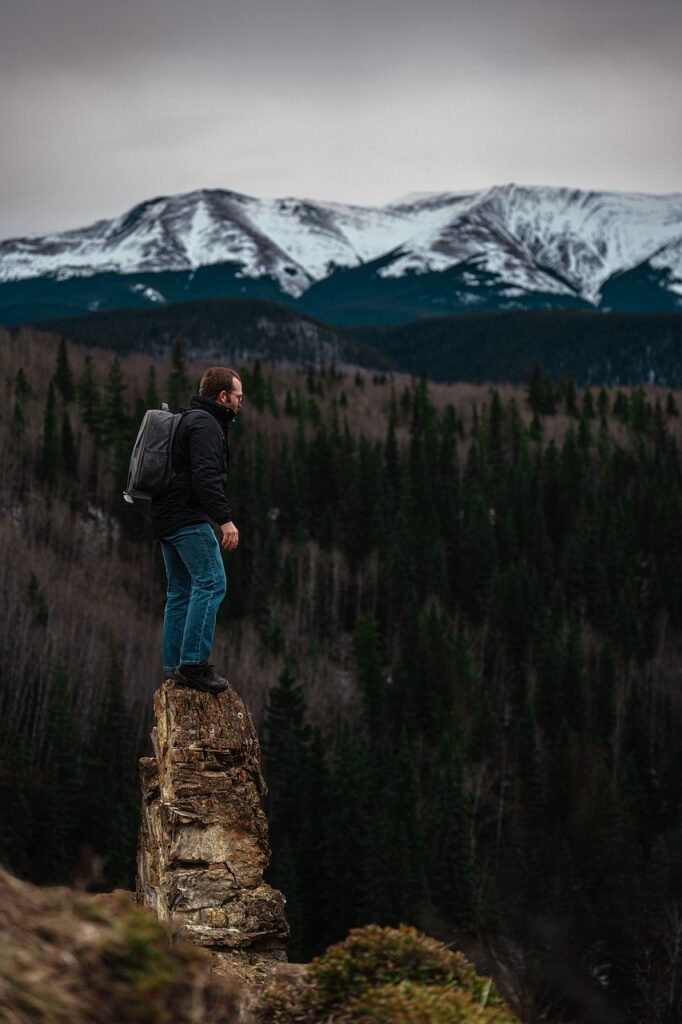In the last few months, there have been a few news stories about hikers being struck by lightning. Two hikers in Arizona were hit in October 2025. In early August, two were hit while hiking in the Kettle Moraine State Forest near Jefferson, Wisconsin. My wife and I have hiked that exact area multiple times over the years.
Staying Out of Lightning’s Path
While somewhere around 90% of people who are struck by lightning survive, I’d still rather avoid finding out what it feels like. Even if you survive, you can end up with severe injuries and neurological damage. With that in mind, let’s look at some safety precautions.
Watch the Forecast
Advertisement — Continue Reading Below
This sounds like a no-brainer, but I’ve known more than a couple of people who love to go off on a hike at the drop of a hat. No planning, no consideration for the weather. While this might be perfectly reasonable most of the time, it only takes a moment to check the forecast.
If stormy weather is on the horizon, maybe stay home until the storm risk has passed. Storms can move in quickly, and you might not have time to get to shelter before it hits.
Estimating Distance

Advertisement — Continue Reading Below
Even the best meteorologists get it wrong sometimes. If you find yourself out on the trail when bad weather threatens, all is not lost. If you see a lightning flash, begin counting seconds. Every five seconds is one mile that the sound has traveled from the lightning strike. This can give you an estimate as to how far away the storm is from your location.
This information, in turn, can help you understand how much time you have before the storm will be upon you. That said, you can still get nailed by lightning from a storm that’s several miles away.
Avoid Isolated Tree Cover
When lightning strikes are happening, you don’t want to be the tallest thing around. The corollary to that is you don’t want to be standing next to or under the tallest thing around.
Advertisement — Continue Reading Below
Direct lightning strikes, meaning lightning actually coming out of the sky and hitting a hiker like they’ve somehow earned the ire of Zeus himself, are pretty rare. However, ground current strikes happen far more often. That’s when lightning hits, say, a tree, and the current travels down the tree and through the ground to zap the hiker standing too close.

Where to Go?
Listen, if you’re outside during a lightning storm, you’re at risk. But there are a few things you can do to increase your safety.
Advertisement — Continue Reading Below
If you find yourself in a bad situation, your best bet is to seek lower ground, get under the cover of a group of trees that are about the same height, and wait it out. Despite myths to the contrary, tents offer no inherent protection from lightning, nor do sleep mats and the like. Avoid caves as well as bodies of water. The latter includes trails that have become shallow streams during the storm. Electric current doesn’t need deep water to nail you.
Lightning strikes aren’t a huge risk, provided you take some common-sense precautions.
Read the full article here













